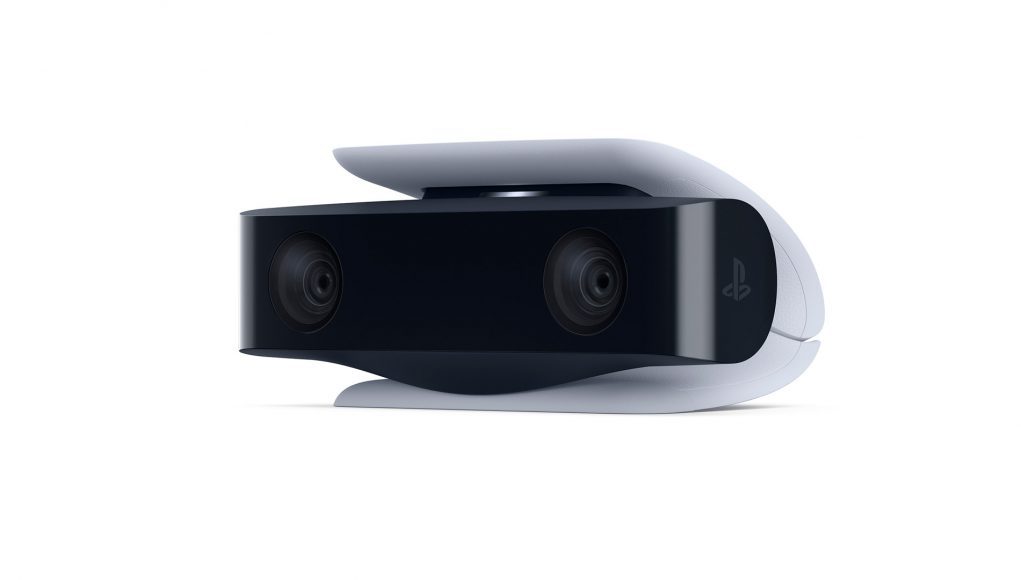Sony today revealed its newest console, PlayStation 5. Though the company has previously confirmed that PS5 will support the current PSVR headset, it remained quiet about the prospect of PSVR 2 during today’s reveal. But there may be one good hint, a new stereo camera accessory which could bring upgraded tracking to PSVR and PSVR 2.
PlayStation 5 was finally revealed in full today. It’s a sleek, upright console that can stand upright or lay on its side, and will come in two variations: one with a disk drive and one without. The price and exact release date weren’t announced today, but the system is set to ship this holiday season.
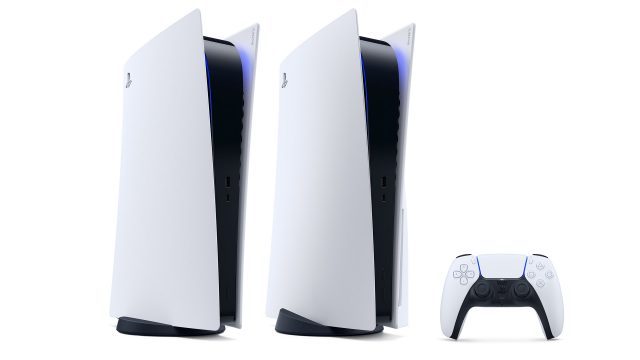
Of most interest to us, of course, is the console’s VR capabilities and PSVR 2. Sony didn’t talk about that today, but it’s already been confirmed that PS5 will support the current PSVR headset.
And that makes today’s reveal of a stereo ‘HD Camera’ accessory for PlayStation 5 quiet intriguing.
PSVR Tracking is Largely Limited by the PS4 Camera
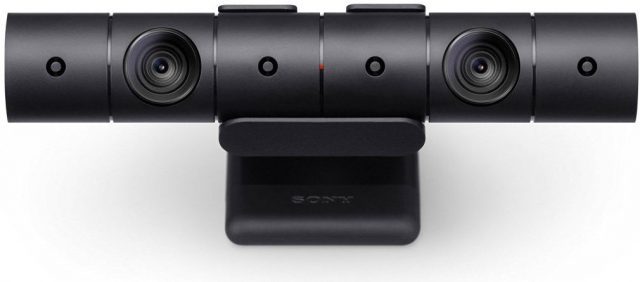 The current PSVR headset uses the PS4’s stereo PlayStation Camera to track the position of the headset by detecting its array of glowing lights. The camera also tracks the PlayStation Move controllers the same way.
The current PSVR headset uses the PS4’s stereo PlayStation Camera to track the position of the headset by detecting its array of glowing lights. The camera also tracks the PlayStation Move controllers the same way.
The limited resolution of the PlayStation camera (up to 1280 × 800 @ 60Hz) is one reason why PSVR tracking is worst-in-class, showing more jitter and less accuracy than other major headsets (but still clearly good enough for Sony to be leading in headset sales).
Enhanced specs on the PlayStation 5 stereo HD Camera could potentially mean upgraded tracking for PSVR and PSVR 2.
How the PS5 Camera Could Upgrade PSVR Tracking
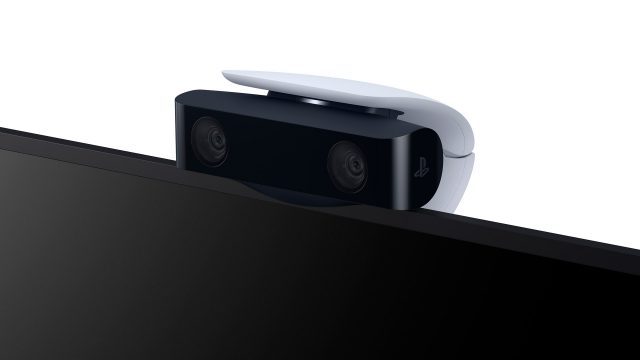
We’re still waiting for full specs on the camera, but The Verge reports that the HD Camera’s dual sensors are 1920 × 1080. More pixels means more precision when detecting the glowing tracking markers on PSVR and the PS Move controllers. This is especially important for detecting the markers at a distance, because precision falls off at an exponential rate as distance increases.
Beyond higher resolution, modern higher quality sensors could make a big difference too. PSVR’s current tracking can be fussy if the environment is too bright, or if there’s high contrast in the scene (like a bright window or ray of sun behind the player). Sensors with better light sensitivity and dynamic range could improve tracking in these difficult scenarios. Other upgrades like global shutter would be better still.
Higher frame rates could help too. The existing PS4 camera can go up to 240Hz, but only at a resolution of 320 × 192. Higher frame rates can reduce the need for tracking prediction, but sacrificing that much resolution wouldn’t be worth it.
We don’t know the frame rate modes on the PS5 camera yet, but if it can do 1080p @ 120Hz, that would be even better for tracking than 1080p @ 60Hz. Higher framerates would mean more up-to-date data for the tracking algorithms, which could reduce the need for tracking prediction (which helps mask latency).
A Big Hint
The big hint that the PS5 HD Camera will likely work for PSVR tracking is that it’s stereo instead of mono. Having two cameras means the tracking algorithms can compare the difference between the images to enhance the tracking estimate, just like our own eyes work together to give us a visual sensation of 3D depth.
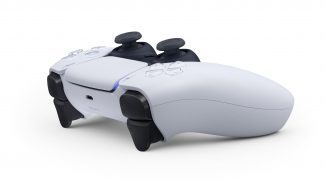
Sony might have just made the camera for streamers who want to capture themselves along with their gameplay, but then why make it stereo?
The camera will likely track the PS5 DualSense controller (just like the PS4 camera tracks the PS4 controllers) though it isn’t clear exactly how that will work, because the PS5 controller doesn’t have obvious glowing markers on it like the PS4 controller.
What the Camera Could Mean for PSVR 2 Tracking on PS5
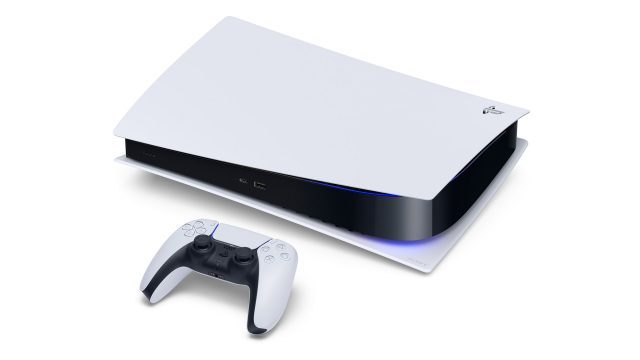
Sony has heavily teased an upcoming PSVR 2 headset, but where would it fit into this scheme?
It seems obvious for Sony to use the PS5 HD Camera to track PSVR 2. This would increase the demand for the camera while cutting costs on the headset by not shelling out for an inside-out tracking system.
“But but but!”—I hear commenters already typing—”that would mean PSVR 2 still has front-facing tracking which is so last-gen!” Ah, but this is a misconception.
PSVR supports 360 tracking fairly well. The reason it’s restricted mostly to front-facing tracking is that the Move controllers are easily occluded when the player turns around. For 360 tracking on PSVR 2, Sony could continue to use the HD Camera to track the headset, as long as it uses a different tracking solution for the controllers.
Headset-based electromagnetic controller tracking—as seen in Magic Leap and Pico Neo 2—is one option. We’ve also seen the likes of headset-based ultrasonic tracking on headsets like Vive Focus Plus. There’s other possibilities too, like putting cameras on the controllers themselves which look for the headset’s glowing markers.
Another possibility is that PSVR 2 will use full-blown inside-out tracking, but could still fuse data from the HD camera for additional precision and robustness.
– – — – –
We’ve reached out to Sony for more information about the PS5 HD camera and the company’s plans for PlayStation VR and PlayStation VR 2 on Playstation 5.

